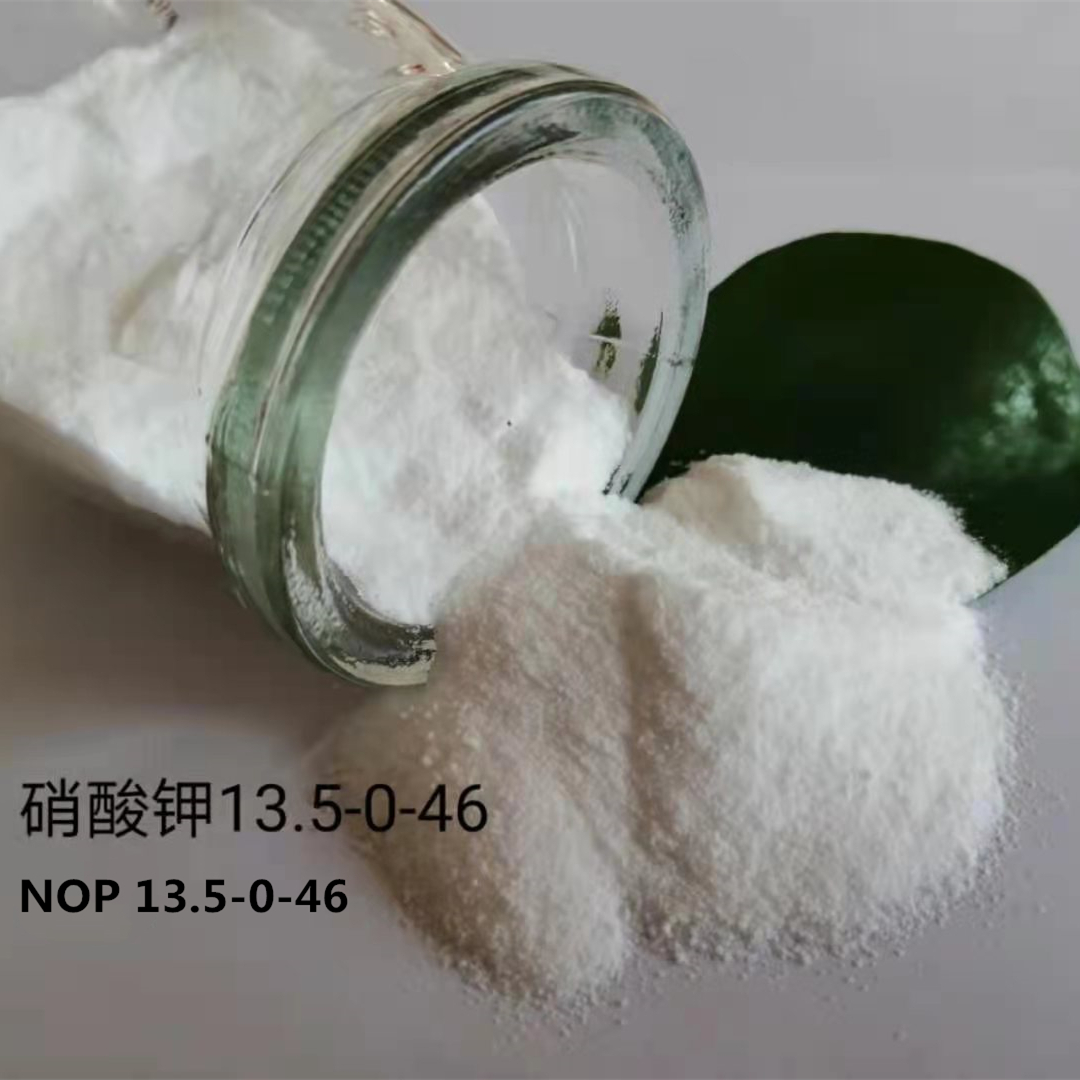
Oct . 04, 2024 01:19 Back to list
price of phosphate fertilizer
The Price of Phosphate Fertilizer Trends and Implications
Phosphate fertilizer plays a critical role in global agriculture, directly impacting crop yields and food production
. As the world continues to face challenges related to food security, the dynamics of phosphate fertilizer pricing have become increasingly significant for farmers, suppliers, and policymakers alike.Over the past decade, the price of phosphate fertilizer has experienced considerable fluctuations, influenced by a myriad of factors, including raw material costs, geopolitical tensions, and changes in agricultural practices. The primary raw materials for phosphate fertilizers, such as phosphate rock, are extracted from specific regions, predominantly in Morocco, the United States, and China. Disruptions in these regions, whether due to trade policies or environmental regulations, have historically resulted in dramatic shifts in fertilizer prices.
In recent years, the global demand for food has surged, driven by population growth and changing diets. As a response, farmers are increasingly reliant on phosphate fertilizers to enhance crop productivity. This heightened demand has put pressure on phosphate resources and led to rising prices. In periods of high demand, such as during planting seasons, prices often spike, posing challenges for farmers who must manage tight budgets while ensuring their crops receive adequate nutrients.
price of phosphate fertilizer

Additionally, the market for phosphate fertilizers is influenced by broader economic conditions. For instance, inflationary pressures and rising energy costs can lead to increased production costs for fertilizer manufacturers, which are often passed on to the end consumer. In contrast, periods of economic downturn can dampen demand, resulting in lower prices. This market volatility can create significant challenges for farmers who require stable pricing to plan their operations effectively.
Sustainability concerns are also shaping the phosphate fertilizer market. Excessive use of fertilizers can lead to soil degradation and water pollution, prompting calls for more sustainable agricultural practices. Innovative practices, such as precision agriculture and the use of organic alternatives, are gaining traction as farmers seek to reduce their dependence on chemical fertilizers. However, transitioning to these methods can be costly and may not always provide immediate benefits.
Looking ahead, it is crucial for stakeholders in the agricultural sector to remain adaptable amid these price fluctuations. Policymakers should consider strategies to stabilize phosphate fertilizer prices, such as investing in research for alternative sources and improving supply chain efficiencies. Additionally, educating farmers about sustainable practices can help mitigate the impact of rising fertilizer costs while promoting environmental stewardship.
In conclusion, the price of phosphate fertilizer is a complex issue influenced by various factors ranging from raw material availability to global demand dynamics. As the agricultural landscape continues to evolve, understanding these trends will be essential for ensuring food security and fostering sustainability in farming practices.
-
10 10 10 Fertilizer Organic—Balanced NPK for All Plants
NewsJul.30,2025
-
Premium 10 10 10 Fertilizer Organic for Balanced Plant Growth
NewsJul.29,2025
-
Premium 10 10 10 Fertilizer Organic for Balanced Plant Growth
NewsJul.29,2025
-
Premium 10 10 10 Fertilizer Organic for Balanced Plant Growth
NewsJul.29,2025
-
50 Pound Bags of 13-13-13 Fertilizer for All Plants – Bulk & Organic Options
NewsJul.28,2025
-
High-Efficiency 15-30-15 Granular Fertilizer for Healthy Crops
NewsJul.28,2025
